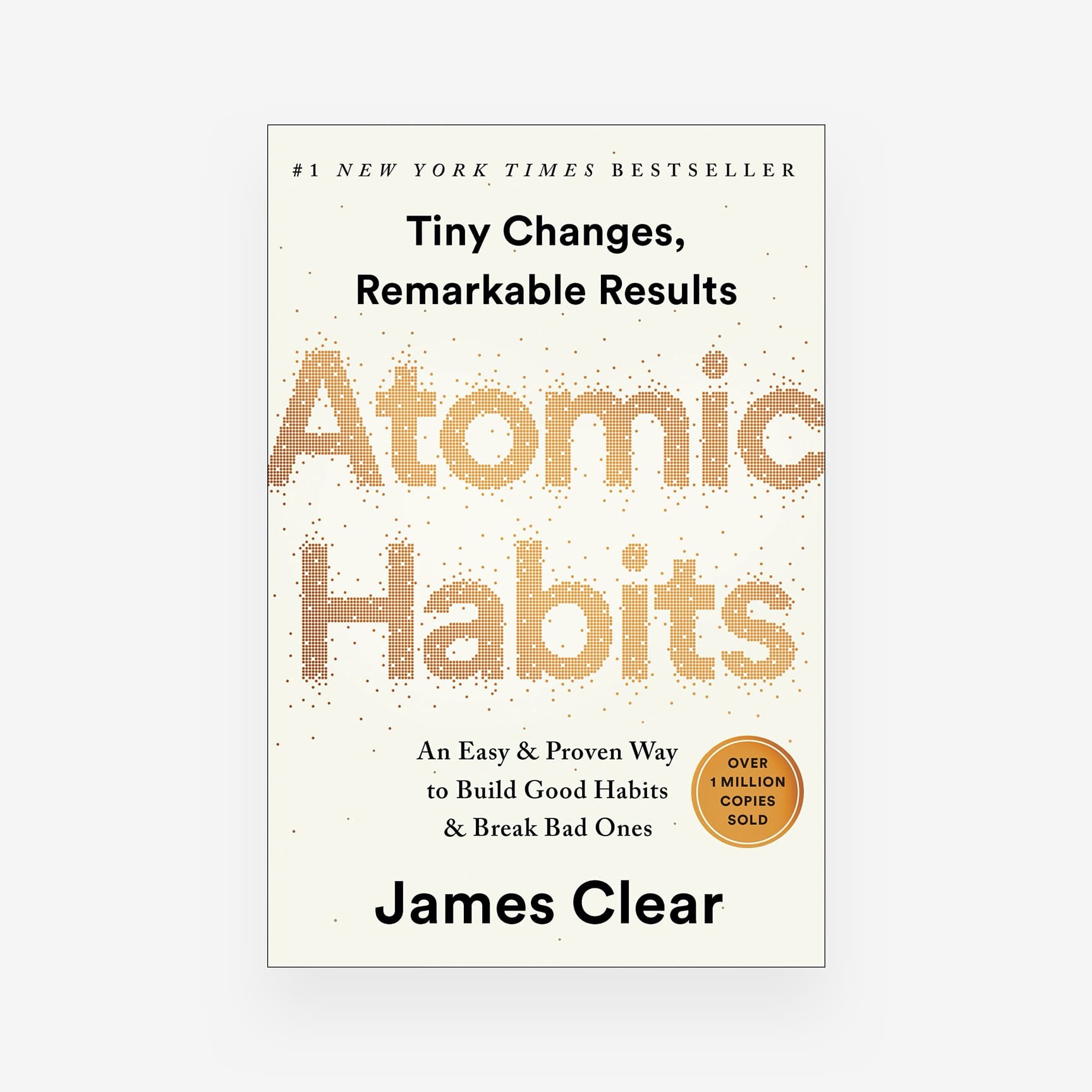Reading is a timeless pastime that appeals to people of all ages and backgrounds. It is a quiet adventure, a source of solace and escape—a comforting retreat from the hustle and bustle of daily life. It is also a continuous learning method, expanding our knowledge on various subjects.
From the thrill of a mystery to the comfort of a cherished classic, books have the power to transport, educate, and inspire us. But with the constant influx of information, it can feel like there's never enough time to read everything we want. How to speed read is a skill that can help you maximize your reading time and cover more ground.
The Challenge of Managing Large Volumes of Texts

(Photo from the wires)
Shelves lined with neatly stacked volumes are a source of pride and joy—each book a potential adventure waiting to be explored. However, there's a common joke among bookworms about the towering piles of unread books silently calling for attention. The sheer number of books and, in academic and professional settings, documents, can be overwhelming, making it challenging to keep up, let alone find time for leisurely reading.
That's where speed reading comes in—a skill that enhances the reading experience without diminishing its intrinsic beauty and depth.
What is Speed Reading?
Speed reading is a technique that helps you read faster than usual while still understanding what you're reading. It involves methods like skimming (looking quickly over the text to get the main idea) and chunking (reading groups of words together instead of one by one). The goal is to read more content in less time, which is especially useful for studying or quickly processing information.
At its core, speed reading is about efficiency—about extracting the maximum value from every page. By training your brain to focus on key points and reduce distractions, you can significantly boost your reading pace.
Understanding the Basics
To master speed reading, it's essential to understand the basic techniques that form the foundation of this skill. Here are some key principles to get started:
- Subvocalization: This is the silent pronunciation of words in your head as you read. While helpful for beginners, it can significantly slow you down. You can increase your reading speed by reducing this habit.
- Eye Movement: Our eyes naturally jump around the page as we read. Instead of reading word by word, use your peripheral vision to read larger chunks of text at once. This reduces the number of stops your eyes make while reading.
- Perception: Train your brain to perceive information in larger units. Instead of focusing on individual words, try to grasp the meaning of groups of words or even entire sentences at a glance.
Speed Reading Techniques
You need to practice and incorporate specific techniques to improve your reading speed in weeks. Here are some that will help you read faster:
- Skimming: Quickly move your eyes over the text to get an overall sense of the content. This helps you identify the main ideas without getting bogged down by the details. It's helpful in determining if a book or article is worth a more profound read or for identifying relevant sections.
- Scanning: Perfect for finding answers to specific questions. Focus on specific information like names, dates, and statistics.
- Mind Mapping: Visualizing information as a diagram or map can aid comprehension and retention. By creating mental links between ideas, you can better understand complex concepts.
- Practice Peripheral Vision: Expand your field of vision to take in more text at once. This trains your eyes to absorb more information from the outer edges of your visual field.
- Use a Pointer: Employ visual aids like guides or pointers to help maintain your focus and speed up your reading. Use a pointer, such as a finger or a pen, to guide your eyes smoothly across the page.
Speed Reading in Academic and Professional Settings
Speed reading is a game-changer for students and professionals grappling with information overload.
Students preparing for final exams can cover more material in less time, allowing for a more thorough review and understanding. Law students, who often review hundreds of cases daily, can quickly grasp the facts, issues, and rulings with speed reading.
In the professional world, many employees receive reports and emails that they must read and respond to daily. Speed reading ensures they stay on top of their responsibilities without feeling overwhelmed. Medical professionals can quickly scan research articles to stay updated on the latest treatments and breakthroughs.
Some more tips on applying speed reading in academic and professional contexts are:
- Use a highlighter or underline key points and important information to focus on the most critical parts and make it easier to review later.
- After finishing a session, summarize the main points in your own words to practice comprehension and retention.
- Speed reading can be mentally taxing, so take regular breaks to rest your eyes and mind. This will prevent burnout and help maintain your focus.
- Take advantage of digital tools like e-readers and speed reading apps that allow you to adjust the reading speed and practice different techniques. They often have built-in features that help track your progress and motivate you.
Speed Reading Practice Exercises
Consistent practice is key to improving your speed reading skills. Here are some exercises to incorporate into your routine:
- Timed Reading: Challenge yourself to read faster by setting a timer to read a specific amount of text within a given time frame.
- Chunking Practice: Break down sentences into smaller groups of words to improve your ability to process information faster.
- Skimming and Scanning Drills: Practice quickly identifying main ideas and specific information.
- Mind Mapping Exercises: Create visual representations of text to enhance comprehension and retention.
- Subvocalization Reduction: Practice reading silently without pronouncing words in your head.
- Peripheral Vision Exercises: Expand your field of vision to take in more text at once.
Break Free from the Word-by-Word Prison
Speed reading is being smart about how you read. Imagine finishing novels in half the time without missing the best parts or crushing textbooks without pulling all-nighters. By mastering the techniques to read faster, you can enjoy more books, excel in your studies or career, and simply make the most of your time. With these, are you ready to level up your reading game?
You may also want to read similar blogs:














